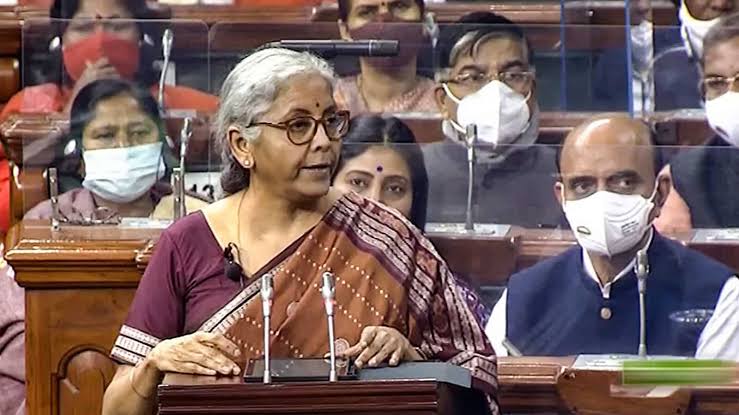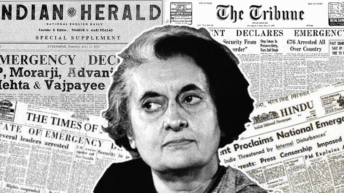|
Listen to article
Getting your Trinity Audio player ready...
|

In her fourth budget speech, Nirmala Sitharaman’s baikhata had surprisingly little by way of populist measures. Despite important electoral battles lined up, the finance minister largely resisted the urge to go big bang populist. This is good news since populist schemes announced ahead of elections typically belie prudent economics. In fact, by some accounts this may be a boring budget. No major schemes being announced, no major tinkering in the tax structure and no populist measures. In fact the finance minister spent less than ten minutes on the direct tax segment. The prominent announcement is the 30 percent tax on digital currency-led income. This is welcome since it addresses a major gap in the direct tax regime. Till now, there was no clarity on how income generated by trading in bitcoin will be taxed, while losses will not be pared.
The thrust for FY23 is clearly towards infrastructure spending to boost growth. The Indian economy is on a rebound and will be one of the fastest economies. A focus on infra indicates the possibility of making full use of the opportunity towards setting on a higher growth trajectory. This is good news, since it indicates a larger shift in long term thinking towards the trajectory of the Indian economy’s future growth. New Vande Bharat trains, decision to appoint urban planners to identify how Indian cities need to be urbanized due to large scale urbanization are a welcome policy direction.
Given the stretched finances of the government, infra focus has meant limited leeway to increase consumption via higher disposable income. Sectors like auto and within that the two-wheeler segment are symptomatic of the robustness of consumer demand. Two-wheeler demand is at a three-year low and without a major push towards increasing disposable incomes, consumer demand may not pick up significantly. Hopefully, this will not be left unaddressed during the year.
India’s consumption story has been severely hit by repeated covid outbreaks and needs handholding, particularly in labor-intensive sectors like tourism and hospitality. Many are hoping for pent up demand to act as a catalyst to lift the consumption-led sectors out of the present downturn. But the word ‘pent-up’ by its very definition suggests a time period with an expiry date. It is vital to identify future growth after the pent-up demand phase is over. The finance minister, like the previous year’s dozen-odd press conferences following the budget, will hopefully address specific sectors during the year.
Disappointingly, there is no clarity on how the asset sale of FY23 will be successful given previous years’ lackluster performance. Government must fix accountability (specific departments must be made answerable) about the reason for asset sale figures to be much lower as compared to targets. The earlier divestment target for the present financial year was Rs 1.75 lakh crore, which was revised downwards to Rs 78,000 crore. Of this, so far only Rs 12,000 crore has been realized. All eyes are now on the IPO of state insurer Life Insurance Corporation to save the government’s math. Due to this gross under-performance, the FM has set the divestment target to a conservative Rs 65,000 crore for the next year. Ideally, the markets would have preferred the finance minister’s assurance on how this figure will be achieved (or hopefully over-achieve).
There is another important messaging that the budget attempts to do. International arbitration council and world class universities in the proposed GIFT city is an important signal towards India’s seriousness towards further improving ease of doing business.
Given its impetus on big ticket infrastructure, the government’s fiscal math will be a concern. The finance minister announced a record amount of bonds to the tune of Rs 15 lakh crore and net borrowing of over 11 lakh crore. This led to bond yields surging to a two and a half year high. But this was also driven by a lack of wider measures to deepen India’s debt market and pave the way for its inclusion in global bond indexes. Large bond sales will worsen debt supply at a time when globally central banks are moving towards tighter monetary policy, due to higher inflation. The only other factor impacting government’s budget calculations will be global crude prices. Already at over $90/barrel, projections are that crude prices could touch $100/ barrel. The budget projections are based on a benign $70/barrel. Since India imports 85 per cent of its oil needs, a 40 per cent hike in prices will impact inflation and exchange rate. But these are headwinds that the finance minister must brace for. To chart out India’s economic recovery, braving these immediate challenges are imperative.
All in all, this was a budget that stuck to basics and focused on immediate recovery. Sometimes it’s good to be boring.






Add comment